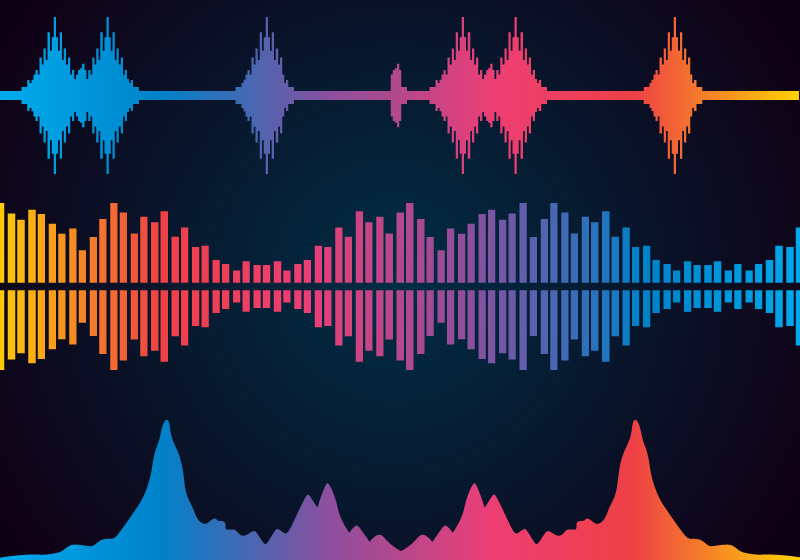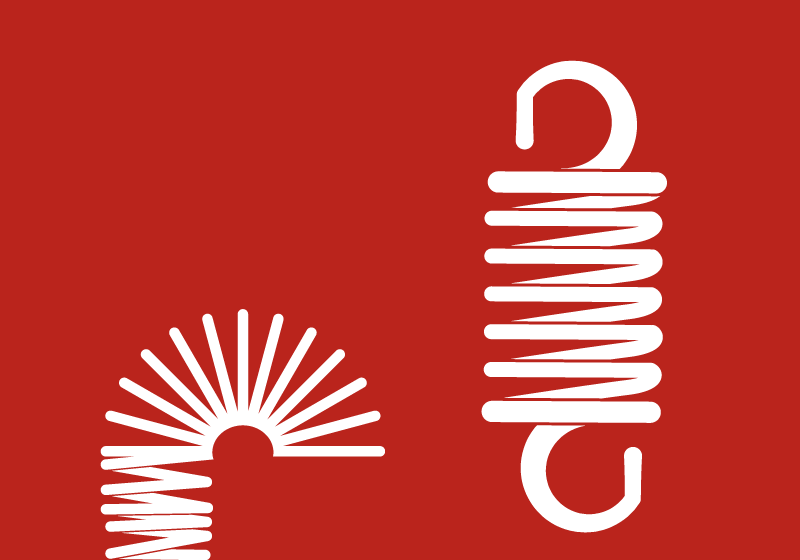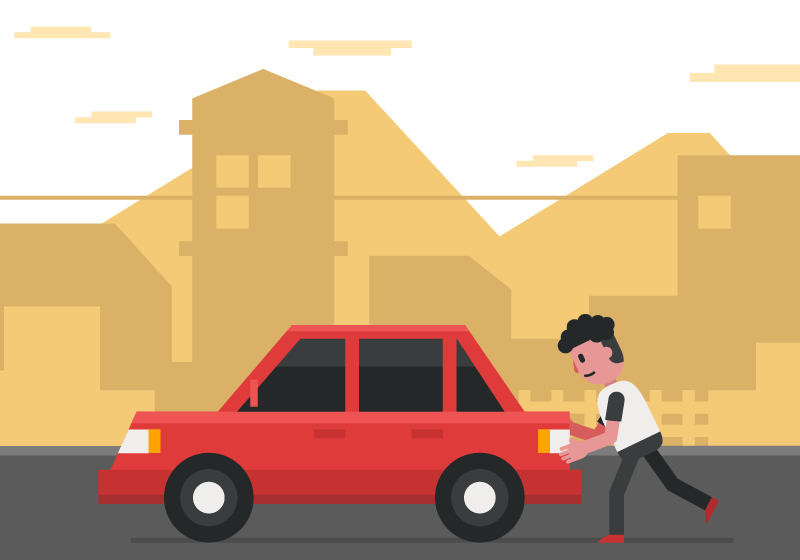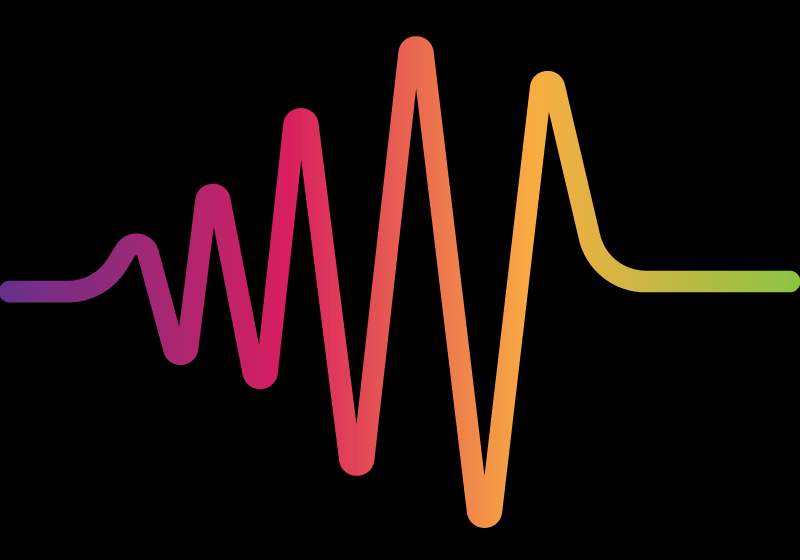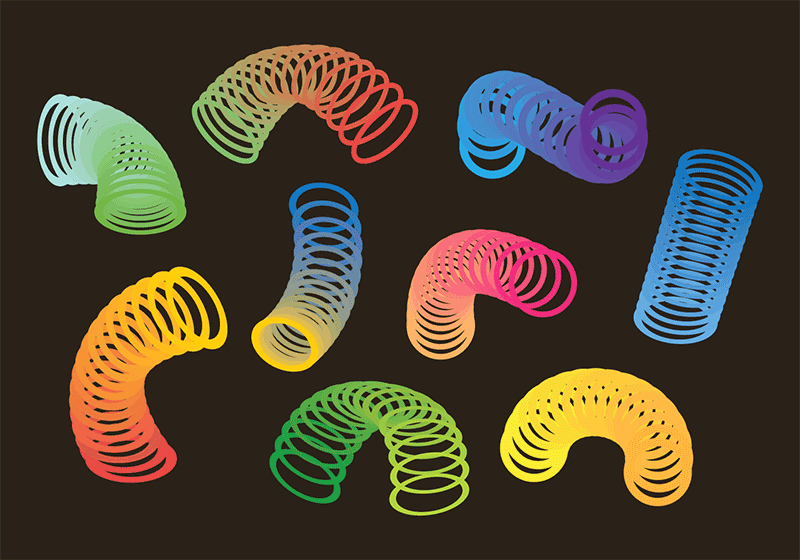Turning Moments
The size of the turning effect is called a turning moment. As Newton’s first law of motion states, an object will remain at rest if the forces are balanced. When the sum of the forces add to zero, a body will remain at rest or move at a constant velocity.
Demo
In this tutorial you will learn how to calculate the moments and apply the results to a real life situation for example forces acting on a see-saw.
The equation for this calculation is written like this:
$M = { \text F \; \text x \; \text D}$
Chilled practice question
The anticlockwise moment is is 75 Nm. What distance from the pivot must you place a 2.5 Kg mass for the clockwise and anticlockwise moments to equal ? Take gravity as 10N\Kg
Frozen practice question
You sit 2 m away from the pivot on a see-saw and your weight is 500 N. Your friend has a mass of 25 Kg. How far away from the pivot on the other side should they sit for the see-saw to balance ? Take gravity as 10N/Kg
Science in context
The size of the turning effect is called a turning moment.
Turning moment = force x perpendicular distance from the pivot.
As Newton’s first law of motion states, an object will remain at rest if the forces are balanced.
When the sum of the forces add to zero, a body will remain at rest or move at a constant velocity.
Millie’s Master Methods
Millie’s Magic Triangle
The ability to rearrange equations is the first step to successfully solve Physics calculations. Millie’s…
Calculation Master Method
Performing and mastering this routine will guarantee you maximum marks when solving Physics calculations. Calculation…
The Fridge Physics Store
Teacher Fast Feedback
Feedback to students in seconds – Voice to label thermal bluetooth technology…
Get Fridge Physics Merch
Why not buy a Fridge Physics baseball cap, woollen beanie, hoodie or polo shirt, all colours and sizes available. Free delivery to anywhere in the UK!…






